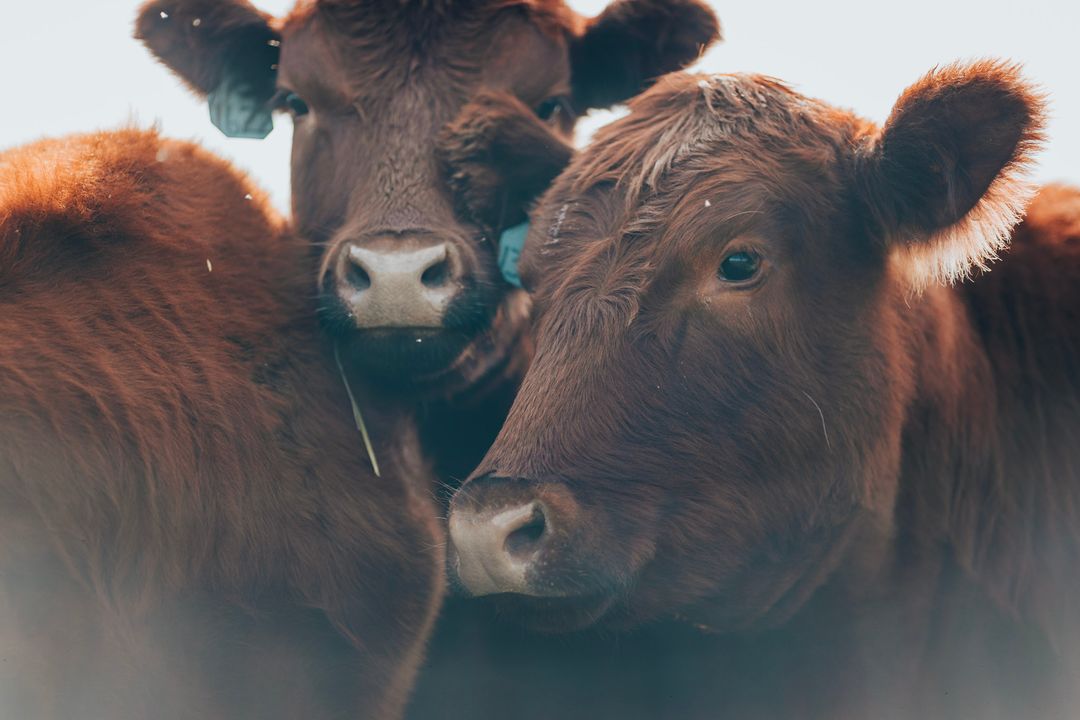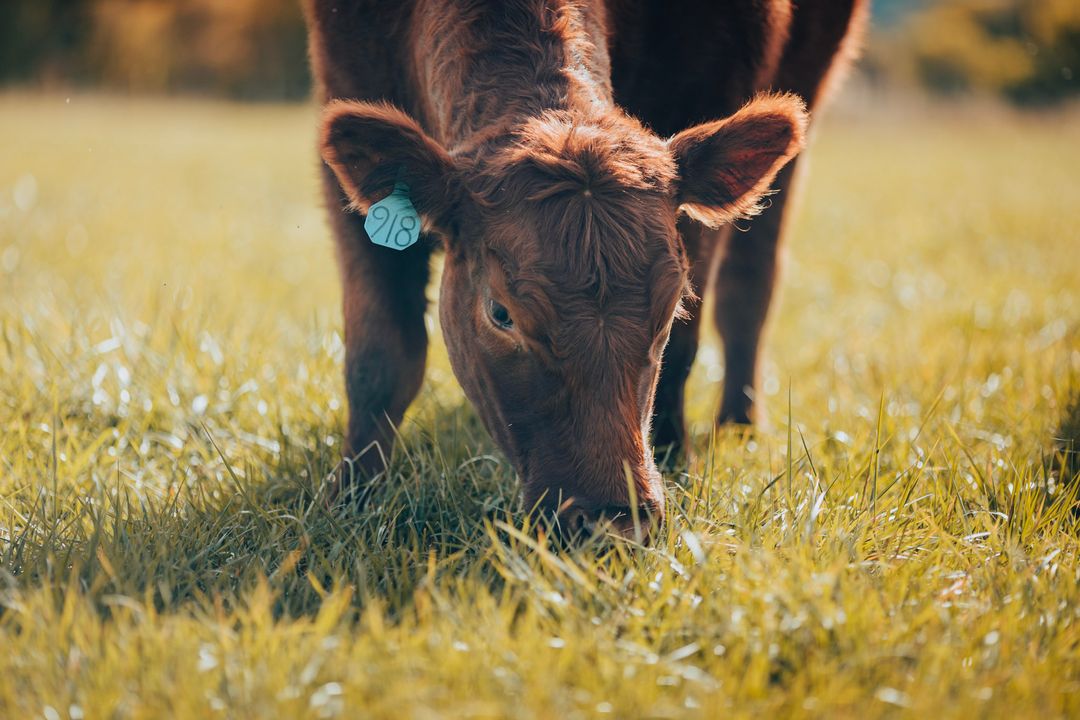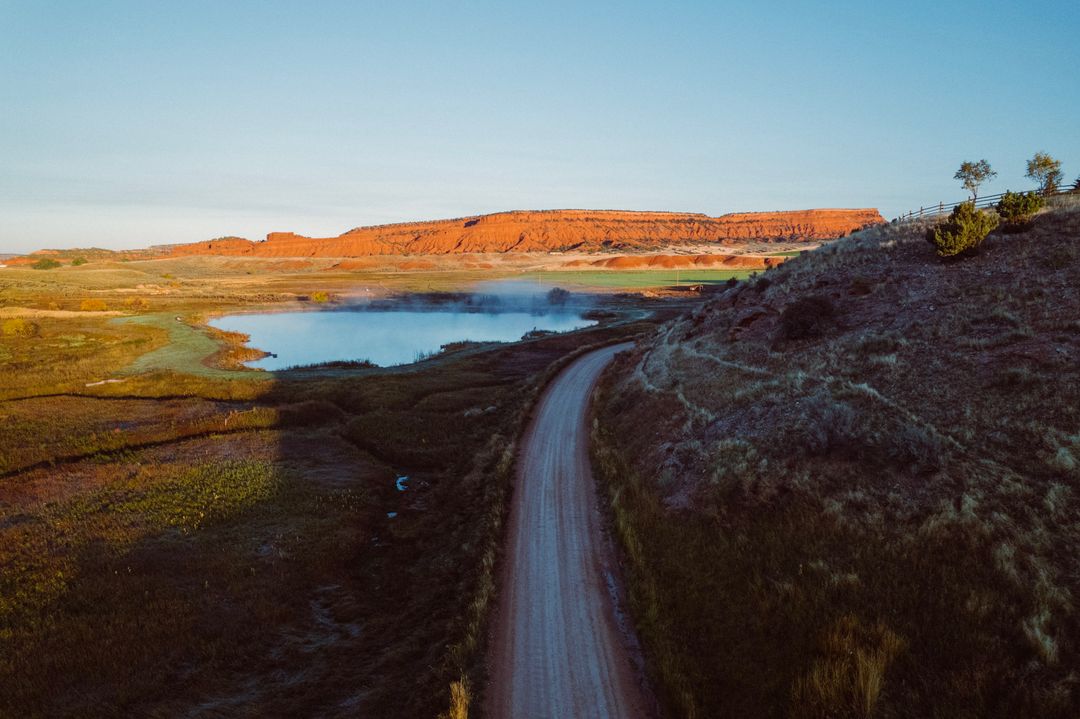
From Cows to Calves: A Breakdown of the Various Bovine Breeds

A cow is a mature female bovine that has given birth to at least one calf. Once they have done this, we will separate them into a group of cows. Cows can have a calve yearly, and their pregnancy cycle is extremely close to humans. A cow will be pregnant for an average of 283 days, whereas humans generally are around 280 days. Cows will remain on the ranch for many years, and their main purpose is to produce high-quality calves.
Heifers are young female cows that are generally first-time mothers and will give birth to their first calves. Heifers can be ready for breeding between the ages of 12 to 14 months. Once a heifer successfully gives birth to a calf, she graduates to being called a cow, marking her passage into the esteemed group of cows. If a heifer cannot get pregnant, she will remain a heifer. The term "second-year heifers" refers to heifers that are pregnant for the second time. The terms, heifers, and cows can be used interchangeably for second-year heifers.
Steers are male cattle that are castrated to prevent them from developing into bulls. Although steers and heifers may look similar, they have different roles on a ranch. Steers are particularly efficient at gaining weight and typically gain about half a pound more daily than heifers.
Yearling is a term used to describe cattle in their first year of life. At this stage, they are separated from their mothers and raised independently, allowing ranchers to monitor their growth and address any specific needs they may have.
Bulls are male cattle that are not castrated and reach maturity as large and powerful animals. Their main role on a ranch is to breed with the female cattle to produce offspring. Bulls play a crucial role in producing a high-quality herd, as their genetics and bloodlines determine future generations' health, uniformity, and quality. Bulls are typically separated from other cattle and only allowed to mate with females when breeding is desired.
Calves are the young offspring of cows and bulls and are often considered the cutest members of a ranch. They rely entirely on their mother's milk for nutrients until they are old enough to consume solid foods. The process of calving is challenging and requires careful management by ranchers, as it allows for the growth and expansion of the herd.


